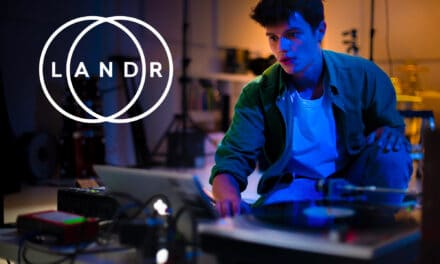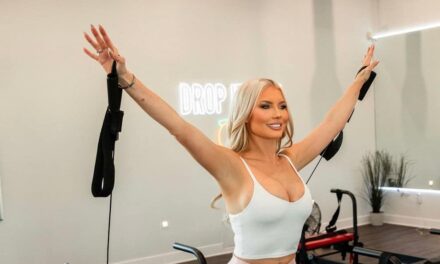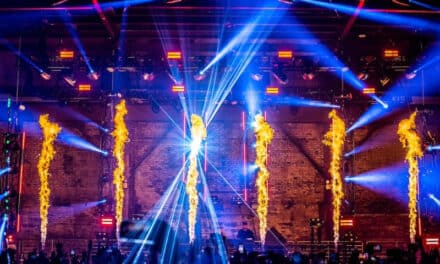In *“Broken Mirror,”* photographer Samantha Sutcliffe turns her lens on a nation in quiet crisis, capturing the emotional undercurrents of a decade marked by disconnection, transformation, and longing. What began in 2013 as a Craigslist-fueled photo project evolved into a piercing visual meditation on modern American identity.
After graduating college, Sutcliffe sought intimacy with strangers through her camera, meeting subjects through online ads and photographing them in moments of vulnerability. By 2018, she had returned to her suburban hometown, this time with a new focus: mental health. Straddling the liminal spaces between suburban quietude and New York City’s hyper-visual event culture, her camera moved fluidly between social media influencers, suburban mothers, teenage outcasts, and everyone in between.
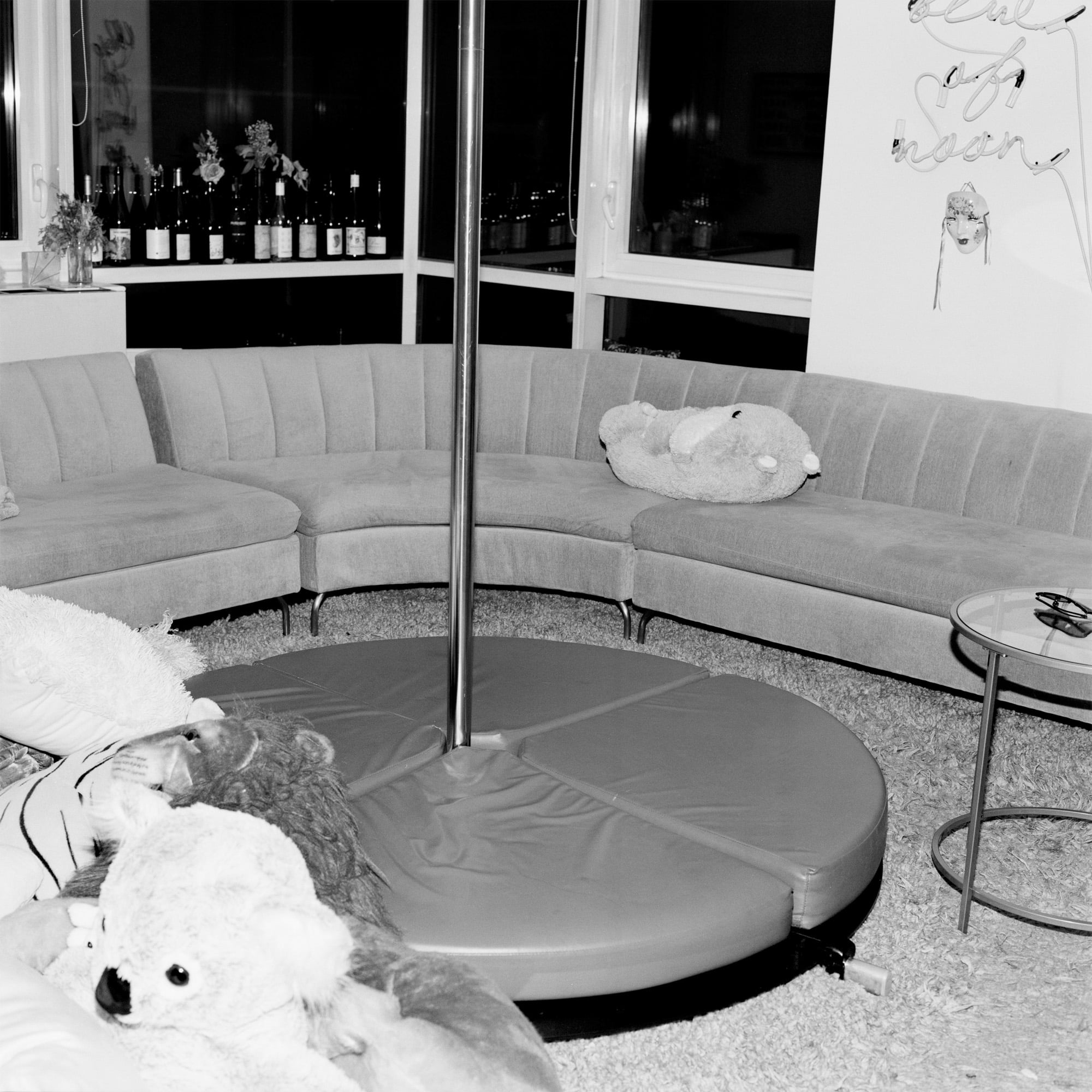
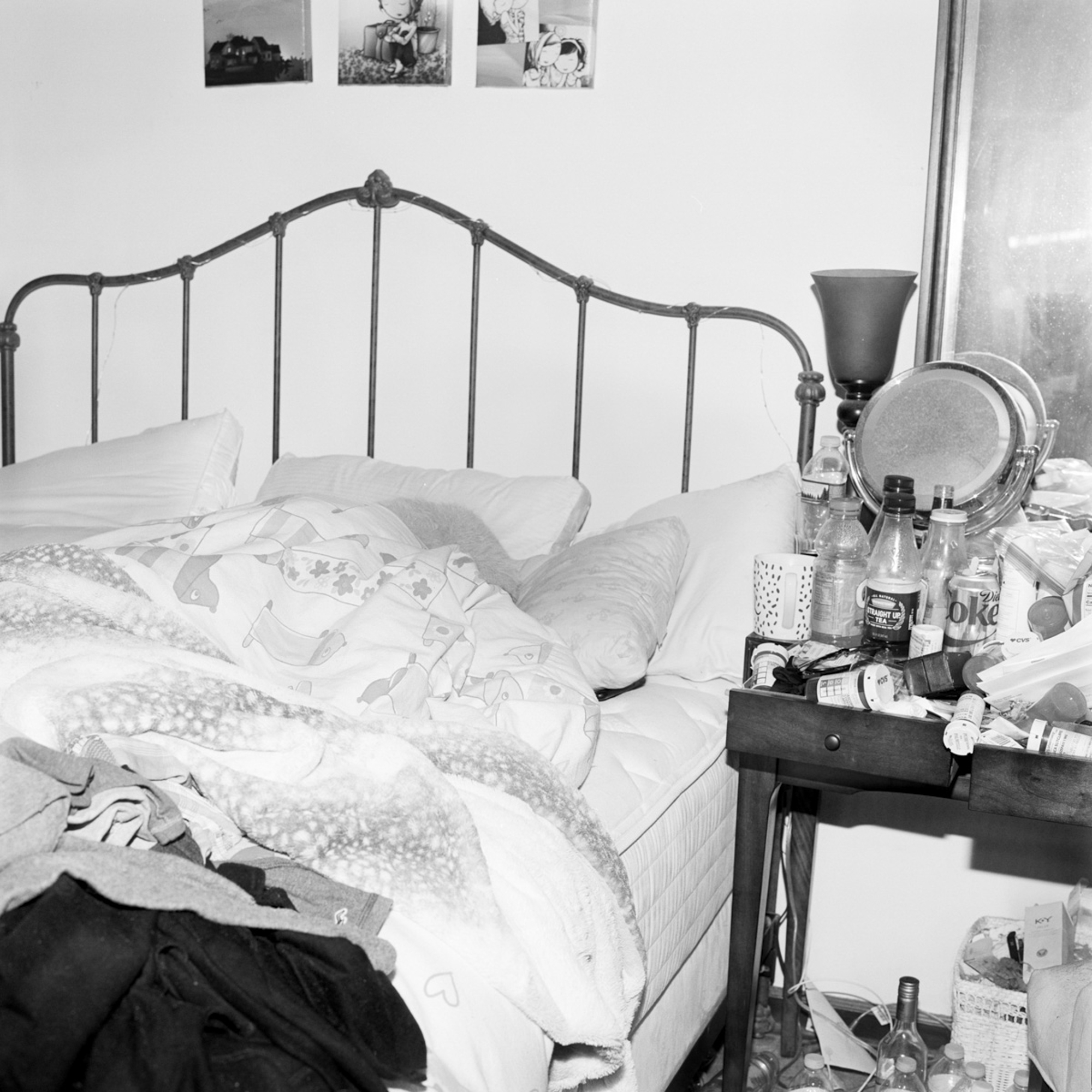
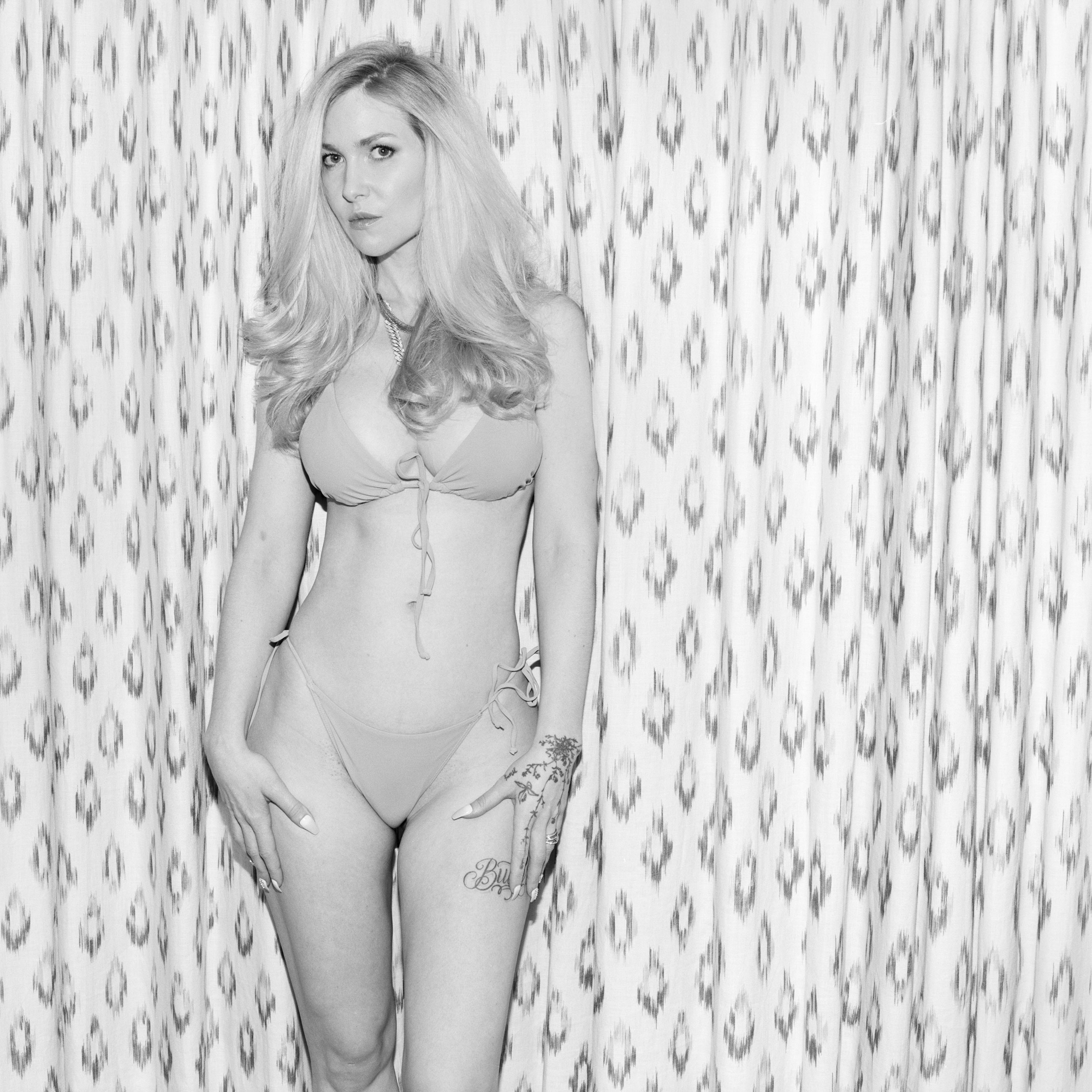
Despite the variety of faces, one emotion emerged again and again—alienation. “The differences were cosmetic,” Sutcliffe notes. “What struck me was how many people, regardless of their background or aesthetic, expressed the same ache.”
Through deeply personal interviews and raw, arresting imagery, *“Broken Mirror”* documents more than individuals—it captures a cultural atmosphere. One where connection is craved yet increasingly elusive, and where the glossy surface of digital life masks deeper wounds.
As economic uncertainty, political absurdity, and a digitally mediated existence continue to shape American life, Sutcliffe’s work resonates with rare urgency. *“Broken Mirror”* doesn’t just reflect who we are—it asks us to look harder at why we feel so alone.
What inspired you to start “Broken Mirror,” and how did the project evolve over the past decade?
Nothing is more thrilling than walking into a stranger’s home not knowing what will happen. Similar to being on the back of a motorcycle or riding a rollercoaster with your eyes closed. I’m interested in what happens behind closed doors. I love risk. I get high off of it. That’s what makes me feel alive.
The project evolved from the desire to connect and sympathize with others. I wanted to create a stage for others to be who they wanted to be and I was happy to do so.
Your work is deeply rooted in Gonzo journalism. How did immersive participation shape your artistic process and perspective in “Broken Mirror”?
My perspective comes from lived experience. Participation helps me understand the depth of complexity and the ways we project onto one another. This leads to a radical empathy for the people you encounter in my images.
You began by meeting strangers on Craigslist, primarily photographing women in their forties and beyond. What drew you to this demographic, and what did you learn from these encounters?
You can be whoever you want to be with a stranger. The demographic was a coincidence.
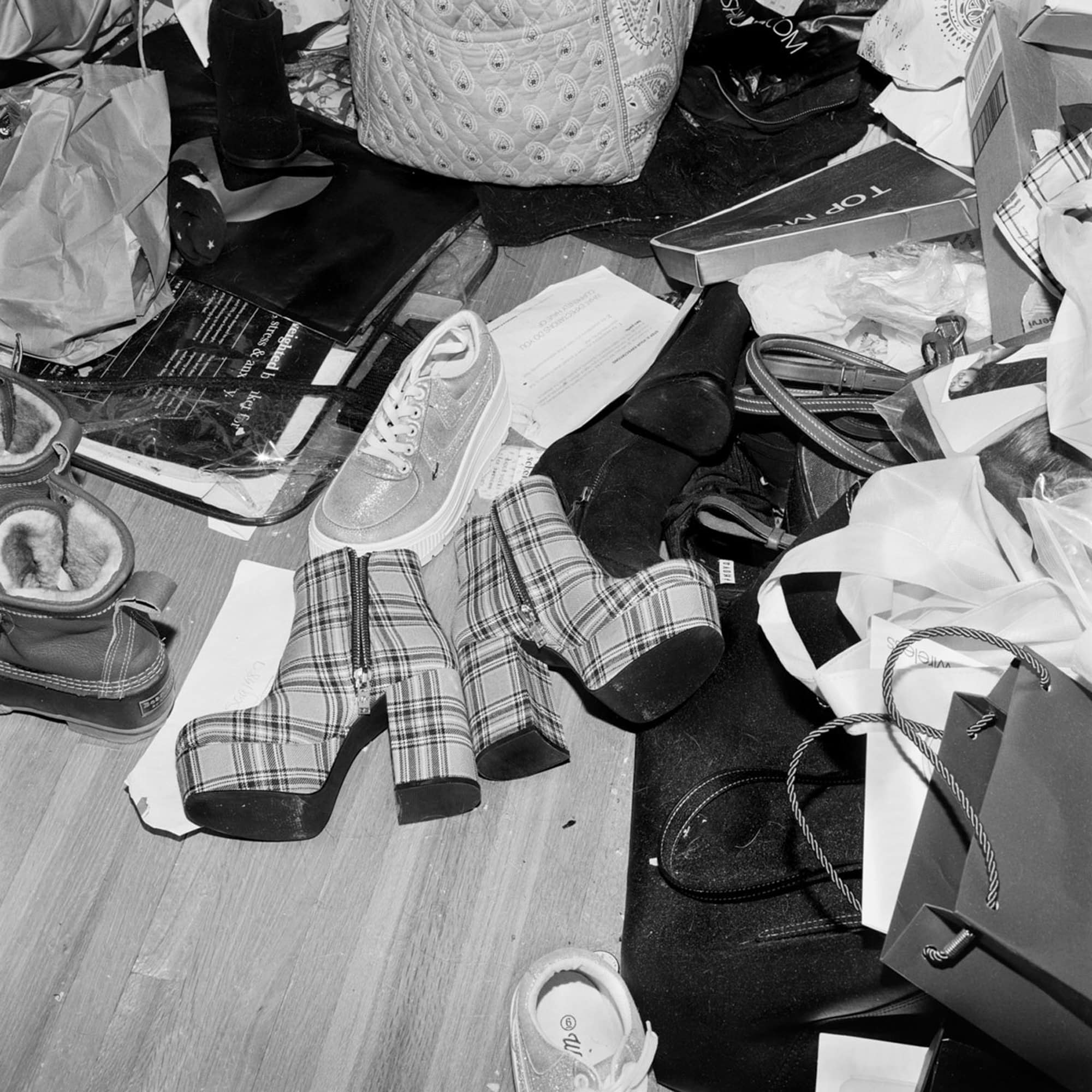

You’ve documented both suburban isolation and the alternative literary scene in NYC. How do these seemingly different worlds intersect in your work?
Cause and effect. These bubbles mirror one another. Suburbia absorbs the culture manufactured from artist turned celebrity turned politician. We are all humans with an image being consumed, manipulated, and projected back onto one another, and we are not in control of how others perceive us.
You’ve described alienation as a common thread among your subjects. What do you think is driving this widespread sense of disconnection?
Shame and self-censorship. Dehumanization is even more disturbing when tied up in hypocrisy.
How do you see the role of mass media in shaping individual and collective perception, and how does this theme play out in “Broken Mirror”?
Mass media influences collective perception by reinforcing and rewarding patterns of aggression, leading to alienation, humiliation, and shame.
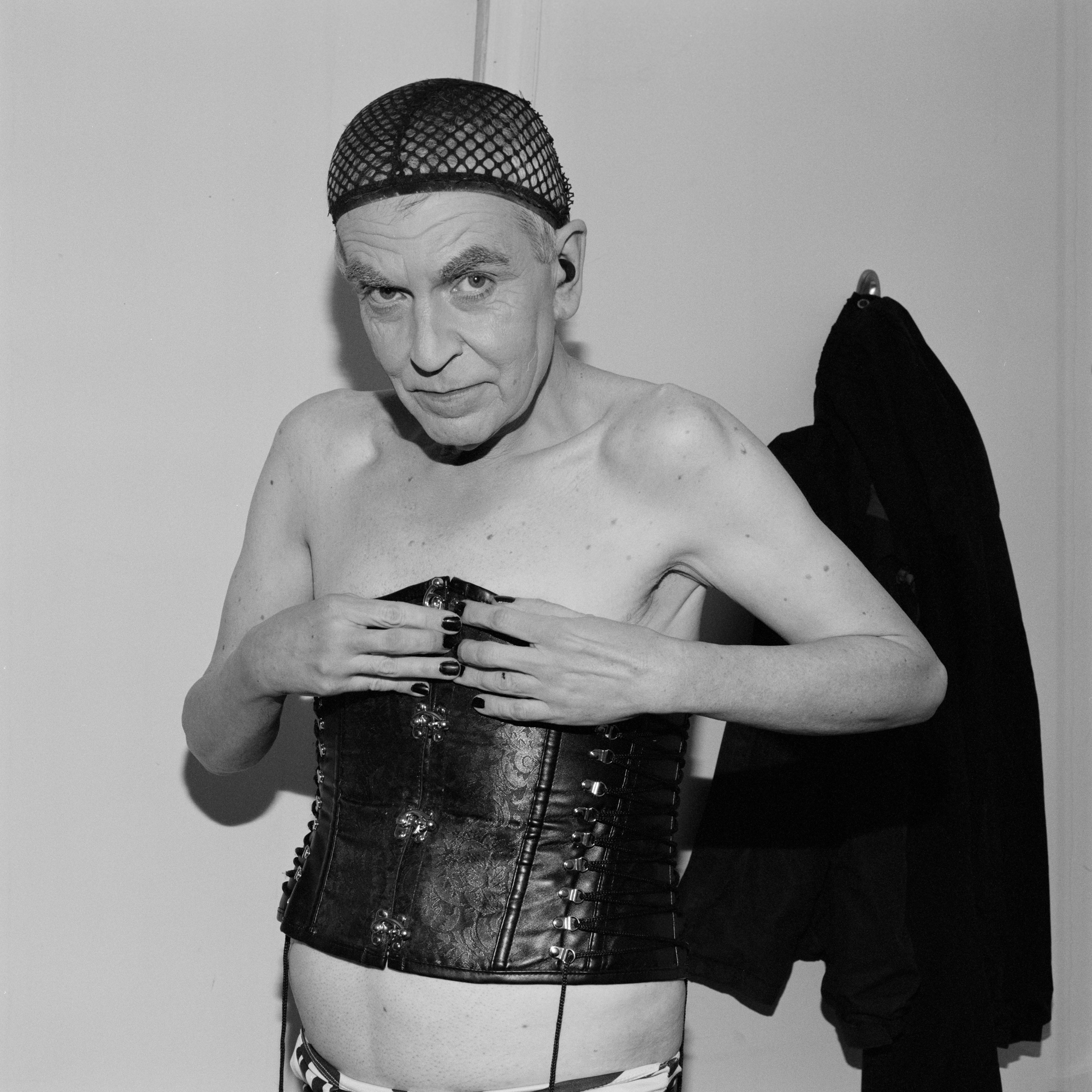
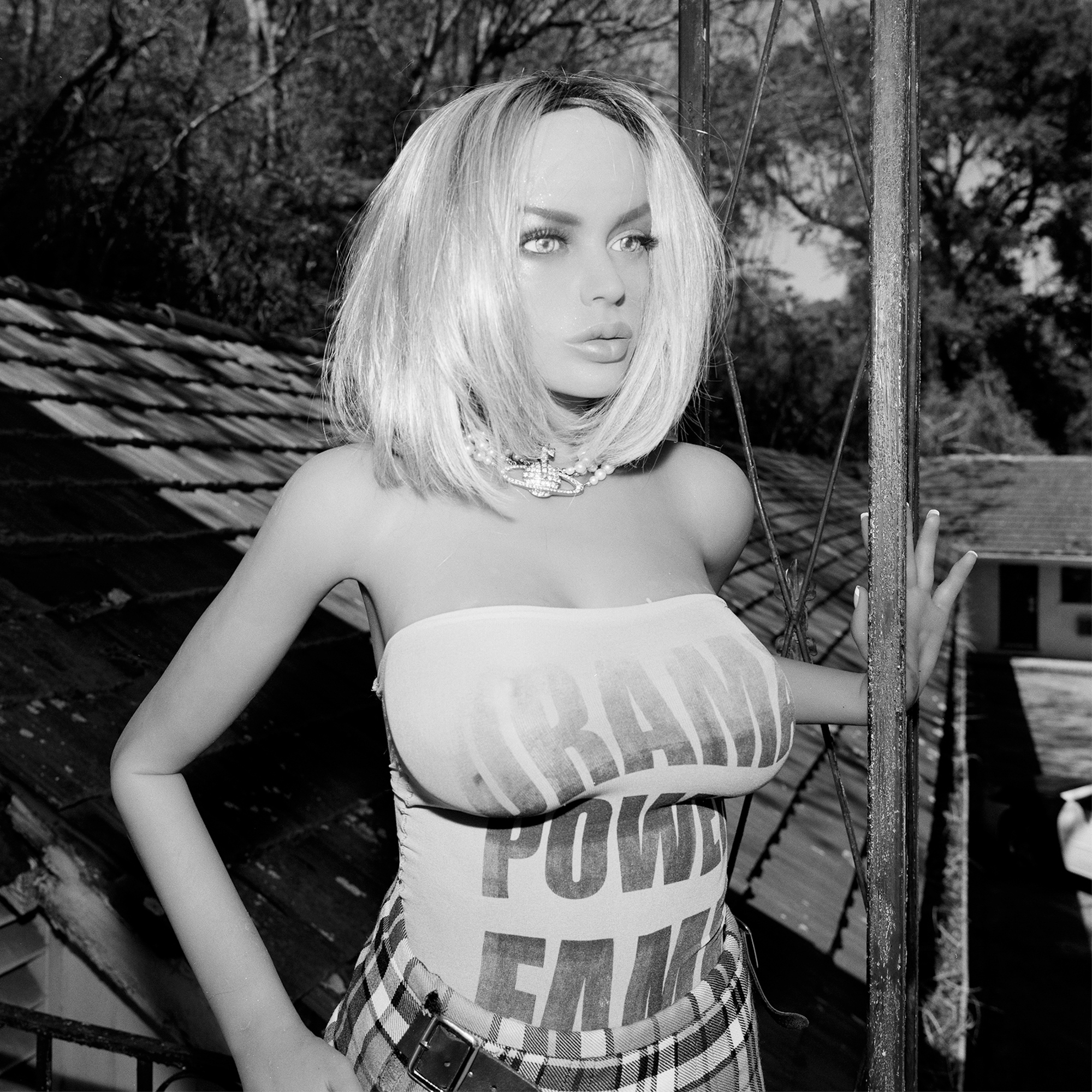
Your work spans a pivotal period of change in the way people interact. What are some of the most striking shifts you’ve observed from 2014 to 2024?
There is no privacy. Trust is broken. We are constantly being surveilled and judged by others and there are real life consequences.
What do you hope viewers take away from “Broken Mirror”? Are you trying to provoke, illuminate, or perhaps offer a sense of solidarity?
All of the above.
Looking ahead, where do you see your work going next? Will you continue exploring themes of alienation and media influence, or are you drawn to new subjects?
I am interested in perception and blending fiction with reality in a way that reveals the truth. Objectification, morality, sexuality, and power dynamics are all themes I’m interested in exploring through collaborations with other artists.


